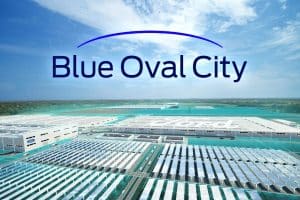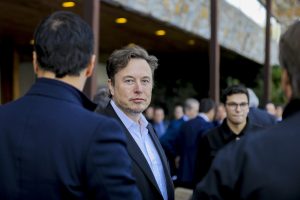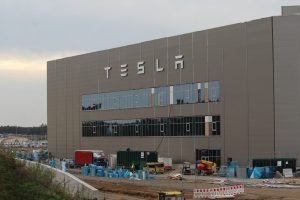Key Points
- 🤖 Tesla’s Dojo supercomputing cluster is expected to become one of the world’s most powerful by next year.
- 🚗 Dojo processes vast amounts of data for Tesla’s Full Self-Driving (FSD) system and Optimus robot.
- 🌐 It has potential applications beyond FSD and Optimus, including for motorcycles, bicycles, and boats.
- 🚦 Elon Musk has mentioned using Dojo for real-time traffic control based on system inputs.
- 🧠 Tesla’s neural networks are already in customer vehicles, enabling various applications.
- 🚀 Musk believes Dojo could significantly reduce traffic fatalities in the future.
- 💰 Tesla has doubled its order of D1 Dojo chips and could add $500 billion to its enterprise value.
Much excitement surrounding Tesla’s Dojo supercomputing cluster has been swirling in recent months since the system went online, and the automaker already expects it to be one of the world’s most powerful supercomputers by early next year. But one reporter recently noted that Dojo could someday have additional uses beyond processing vast amounts of data for Tesla’s Full Self-Driving (FSD) system and humanoid robot.
Dojo can process millions of terabytes of video data per second from the company’s vehicles, training its neural network at an incredible rate. The company has said that the video foundation models input to Dojo would effectively serve as the brain of its vehicles and its Optimus robot.
In a recent video segment about how Dojo is expected to revolutionize self-driving, however, Yahoo Finance reporter Pras Subramanian also talked about the supercomputing cluster’s potential applications beyond FSD and Optimus.
The short discussion, hosted by Seana Smith, details how the Dojo system will use Tesla’s AI model to train FSD. However, Subramanian also says the supercomputer could someday be used for vessels other than cars, including motorcycles, bicycles and boats. The conversation also touched on how Dojo works, the complexity of training AI to handle roads and Ford and Volkswagen’s decision to end Argo AI operations, among other topics.
You can watch a short clip from the video segment here or see the full conversation here.
As for cars, Musk has previously talked about the potential of using Dojo to perform traffic control simply with the system’s inputs for things like accidents, potholes, road closures or other data that would be useful for a Tesla to access in real-time. Musk said in June that Dojo had been “online and running useful tasks for a few months,” helping out with production workloads and spurring on the current round of excitement surrounding the computing cluster.
In June, Tesla posted about Dojo on X, detailing how its neural networks were already being accessed in its cars and adding that the company is “building the foundation models for autonomous robots.” Below is an excerpt from the thread:
In 2021, Musk said that Dojo could likely someday reduce traffic fatalities by 90 percent and eventually it may be able to reduce them by more than 99 percent.
Last month, a report showed that Tesla had doubled its order of D1 Dojo chips for next year from Taiwan Semiconductor Manufacturing Company (TSMC), now totaling 10,000 units. According to the report, the company also plans to increase its order in 2025. Morgan Stanley also said last month that Dojo could add $500 billion to Tesla’s enterprise value.





